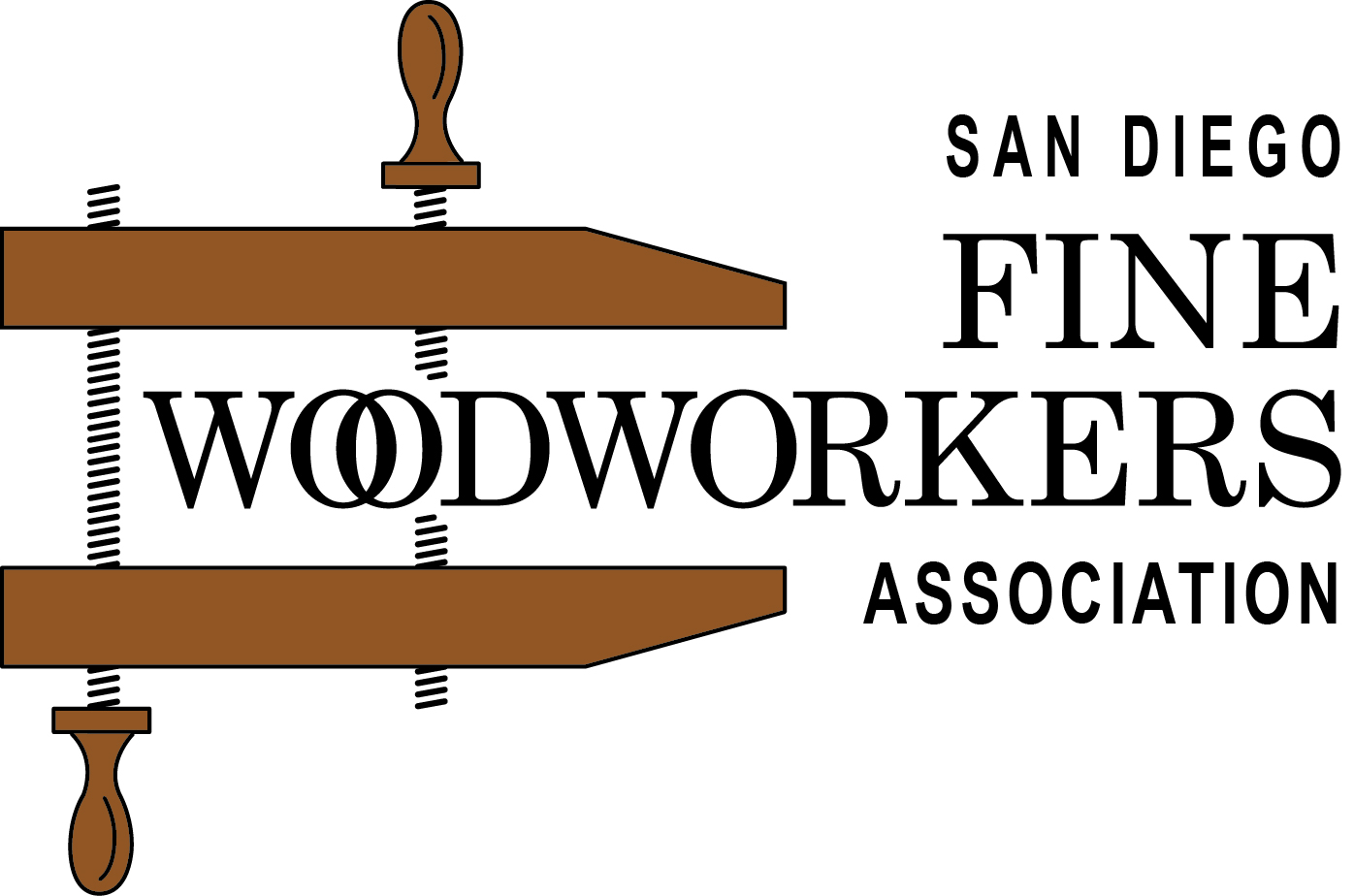I could not find the F360 SIG since this has lots to do with 3D designs but hopefully @tim.peachey and others who do 3D CAD modeling will chime in with thoughts and project ideas.
Having seen a few in the group adding diode lasers to their CNC, it’s been on my mind how valuable/interesting it would be if we could overlay a 2D design(SVG, DXF, etc) over our 3D design and generate a toolpath which not only controlled the laser and X,Y positioning but also Z so focus can be maintained. I’ve not seen this in any software yet. Aspire has a plugin but it appears to only work with 2D files. ie they make a psudo 3D design from a 2D image(bump map) and then apply the lasering based on the original 2D black and white bump map.
What I’d like to see is the ability to bring in a 3D file( STL ), generate toolpaths for all the CNC milling and then import/overlay a 2D design over the 3D design and generate another toolpath for the lasering.
One example would be to get GIS data for Lake Hodges and turn that into a 3D STL file using something like this tool( HGT 2 STL Converter by DWilbourn - Thingiverse ). And then get street and trail data to create the 2D SVG drawing of the streets and trails and be able to have toolpaths for all the 3D routing to create the topography followed by the toolpath which applies/burns in the roads and trails using the laser.
Any thoughts, interest, projects?

